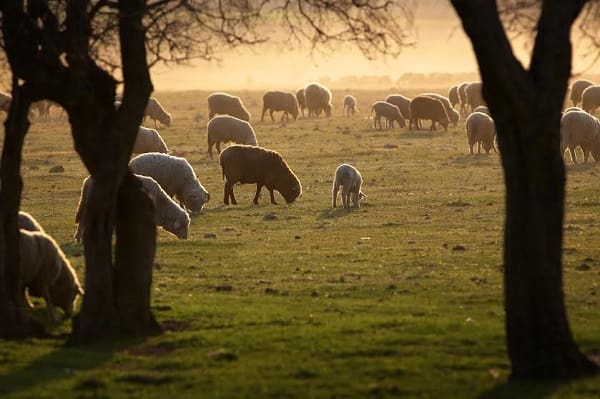
QUEENSLAND sheep and wool producers have been urged to remain vigilant for flystrike as La Niña weather conditions continue.
A large percentage of Queensland is experiencing summer rains and the Bureau of Meteorology’s climate outlook shows rainfall is likely to be above median for parts of northern and eastern Australia from February to April 2022.
Maximum temperatures are likely to be above median in most of the country during this time, Queensland’s Department of Agriculture and Fisheries said today.
Flystrike costs the sheep industry $173 million each year, increasing animal health and welfare risks, and DAF extension officer Louise Moore said La Niña-induced wet conditions and hot temperatures were the perfect storm of conditions for flystrike.
“It’s important that producers remain vigilant in the coming months, monitoring for flystrike and ensuring they are prepared to deal with an outbreak on farm.
“During high fly periods, chemical availability and supplies may be low,” Dr Moore said.
“We are urging Queensland producers to continually review their risk mitigation strategies and ensure they have sufficient chemicals on hand to meet their needs.
“Choosing the right chemical for flystrike prevention and being aware of withholding periods is key,” she said.
DAF has recommended producers jump on the online industry tool FlyBoss www.flyboss.org.au now to develop management strategies that help control the negative impact of blowflies and flystrike.
“Producers should also assess their shearing and crutching dates.
“Planning shearing and crutching to coincide before the start of the fly season is an effective management tool for controlling flystrike,” Dr Moore said.
“With temperatures likely to be above average over the remainder of summer and high moisture about, fly traps can also help monitor blowfly numbers and identify periods of high strike risk.”
DAF said as Queensland moves through the predicted climatic conditions, understanding where flystrike risk can be mitigated can drive significant savings to operations.
“There are several tools like the FlyBoss Flystrike Risk Simulator that can help producers compare the effectiveness of different management options in their region,” Dr Moore said.
“Although every La Niña event is different, while conditions for flystrike remain favourable, prevention and monitoring tactics need to remain top of mind for producers.
“Prevention is far more cost effective than treatment, mitigating significant productivity losses from struck sheep,” she said.
“With labour shortages currently being felt right across the sector, it also helps to minimise time and costs spent monitoring and treating affected animals.”
The Leading Sheep website hosts a wealth of information and resources on flystrike and best management techniques. To find out more, visit www.leadingsheep.com.au.
For more on how to maximise the effectiveness of your flystrike chemical applications and slow chemical resistance, tune in to AWI’s The Yarn Podcast at: https://www.wool.com/about-awi/media-resources/the-yarn-podcast/the-yarn-episode-208/.



HAVE YOUR SAY